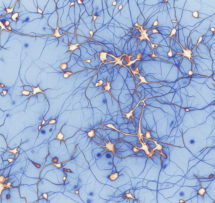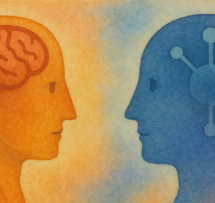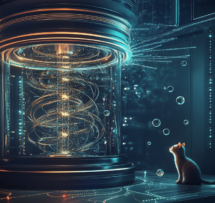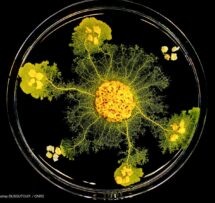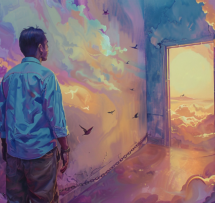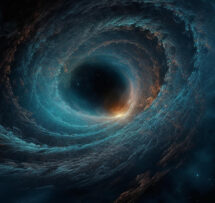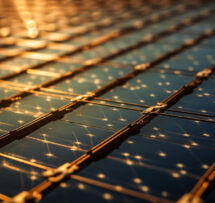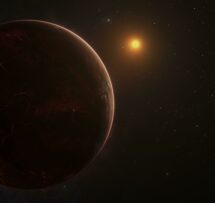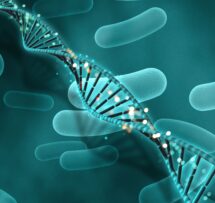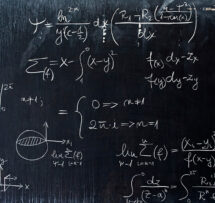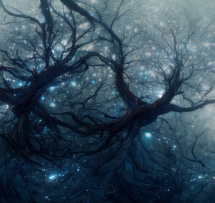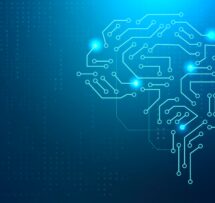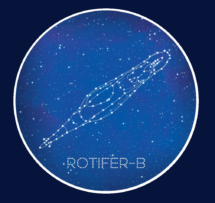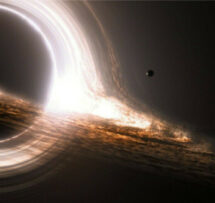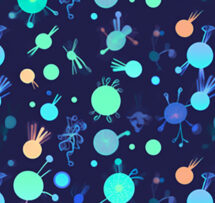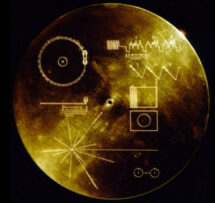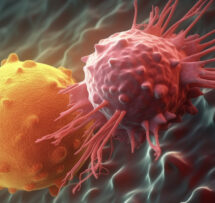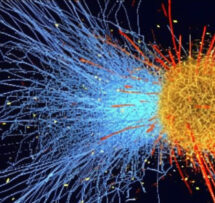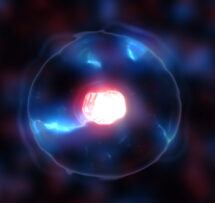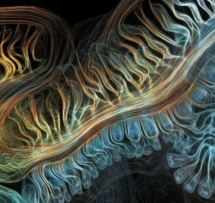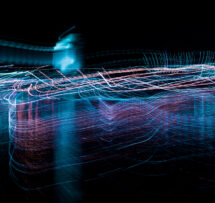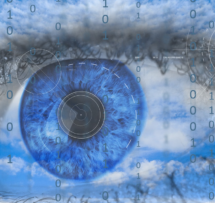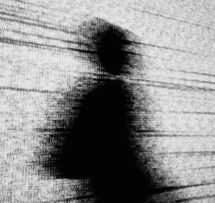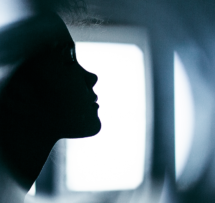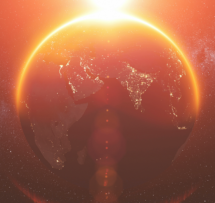Seeing with new eyes: Gravitational waves
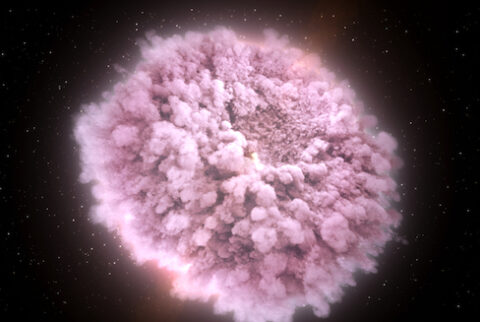
Gravitational waves are ripples in the fabric of space-time produced by catastrophic astrophysical events. They are the most elusive prediction of Einstein’s theory of General Relativity, so feeble that Einstein himself thought their detection would be impossible.
One hundred years later, the Laser Interferometer Gravitational-wave Observatory (LIGO) achieved the impossible, and observed a pulse of gravitational waves that were produced by the collision of two black holes dozens of times more massive than our sun. The otherwise-invisible collision released in an instant gravitational waves with fifty times more power than all the light emitted in the visible universe. The waves arrived at Earth 1.3 billion years later on the morning of September 14, 2015.
LIGO consists of two 4-km interferometers, which use lasers and suspended mirrors to measure the tiny changes in the metric of space-time induced by the passage of gravitational waves. A similar detector, called Virgo, is operating in Italy. Over 1500 scientists worldwide are contributing to this quest today, and many more black hole collisions have been discovered since.
On August 17, 2017 a new kind of gravitational wave signal reached both LIGO and Virgo, from the collision of two neutron stars in the Hydra constellation more than 100 million years ago. As the two neutron stars spiraled together, they emitted gravitational waves similar to those from the black holes we had seen; but unlike the black holes, when they collided, they emitted a tremendous fireball of light, called a gamma ray burst, and then in the days and weeks following an afterglow of radiation, known as a kilonova, continued to shine. Thousands of astronomers worked together to simultaneously observe this event, and a wealth of new information was learned by combining these gravitational waves and electromagnetic waves at different wavelengths.
These groundbreaking discoveries have marked the opening of a new window on the Universe and a new era of gravitational wave astrophysics, where gravitational waves provide new insights into black holes and neutron stars, and may even reveal new objects. The future is gravitational-wave bright!
Afterwards, a cocktail menu filled with cloud-like flavours cooled down with dry ice while Lil’Tone takes the stage with lo-fi pop rock with cosmic, psychedelic, folk and punk vibrations.

Laura Cadonati
Seeing with new eyes
What are gravitational waves and where do they come from? Why couldn’t we see them before? Which new things can we learn about the Universe?
Talk by
Laura Cadonati
Associate Professor at the School of Physics at the Georgia Institute of Technology. Her research interests include gravitational waves and particle astrophysics. She serves as LIGO’s deputy spokesperson. She also oversees the management of a number of divisions, including data analysis and astrophysics. Cadonati leads LIGO’s collaboration with existing partners, such as astronomers and particle observatories around the world, and coordinate with current and future funding organisations.


